Liège 1888 – Paris 1975
Henri-Jean Closon was a pioneer of the Belgian abstraction mouvement, ans was known for his vibrant colour compositions.
He came to live and work in Paris at the end of the First World War, before other Belgian artists such as Vantongerloo, Seuphor, Engel-Pak and Magritte, Henri-Jean Closon and was a member of the art collectives, « Abstraction Création » and « Salons des Réalités Nouvelles », he participated in the « Salons de l’Art Sacré ».
In 1933, Henri-Jean Closon moved to the south of France, to live with the rythm of nature. This voluntary exile of 19 years enabled him to find an original artistic approach, far from the influences and the artistic trends of the capital. He returned to Paris in 1954, and pursued with fervor purely abstract work in his studio, in Montparnasse. His radiant charisma and strong work ethic, earned him the estime of his artist friends, Herbin, Kupka, Pevsner, Aurélie Nemours and Emile Gilioli.
Closon is passionate about the theories on colour, from Goethe to Chevreul, elaborating at the end of the 1930s his own pictural technique, transcoloration. With the rythm of colours inspired by musical counterpoints, he managed to give light and life to his compositions.
Refusing to court art dealers, Closon’s work didn’t profit from the craze in the art world for the abstraction in the 1950s. He nonetheless received official recognition, with two retrospectives, organized in the Museums of Grenoble and of Liège.

PAINTINGS
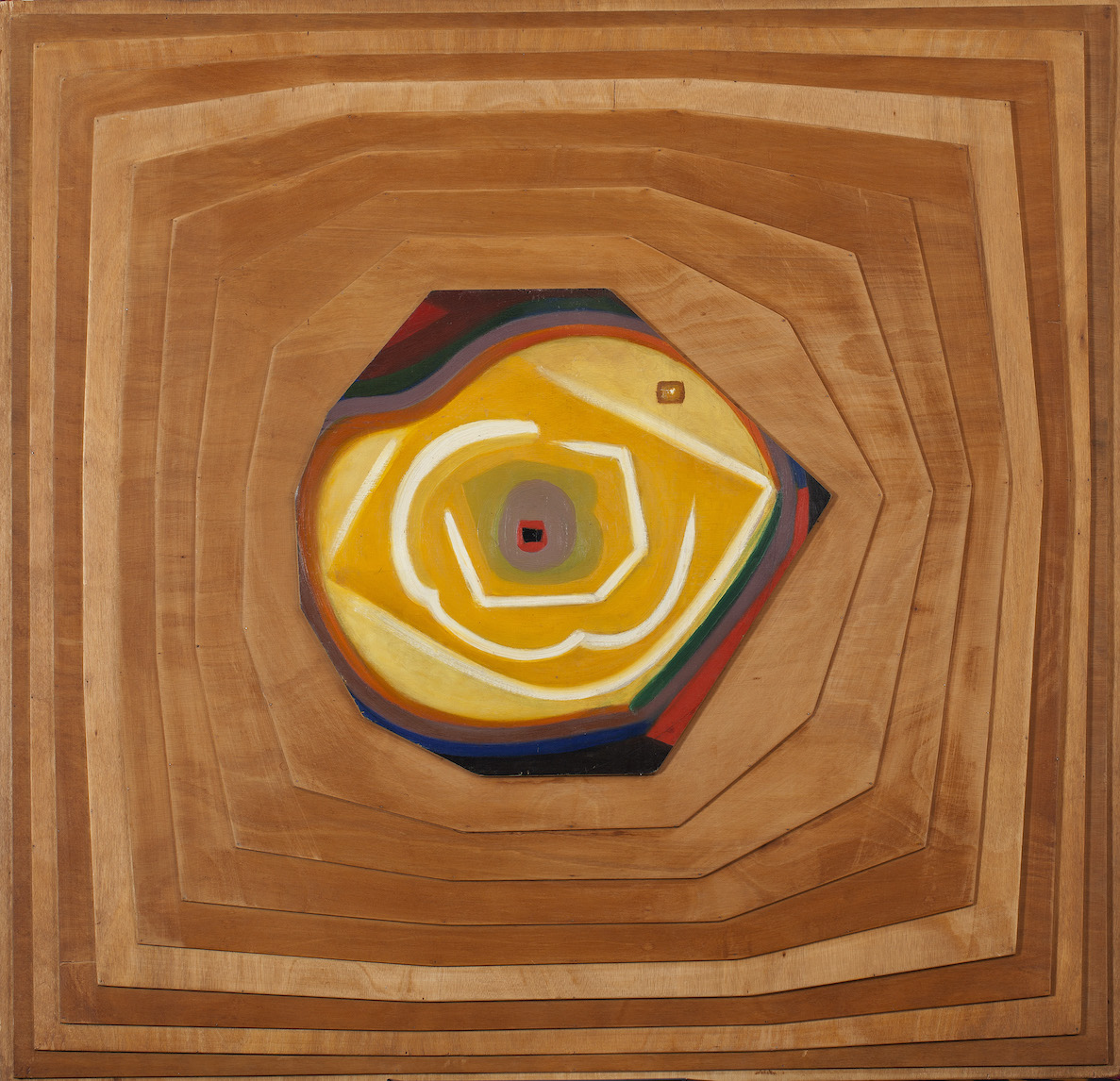
Chrie, 1945
Huile sur bois
113 x 118 cm

Du Gris à la Couleur, 1945
Oil on canvas
91 x 68 cm

Hommage a Delacroix, 1941
Oil on canvas
93,5 x 70 cm
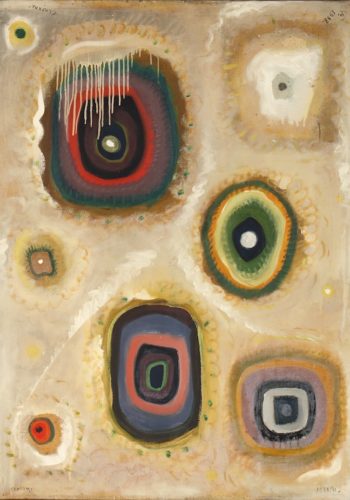
Une entorse au rythme, 1938
Oil on canvas
100 x 74 cm

L’invisibilité créatrice 1938
Oil on canvas
100 x 65 cm
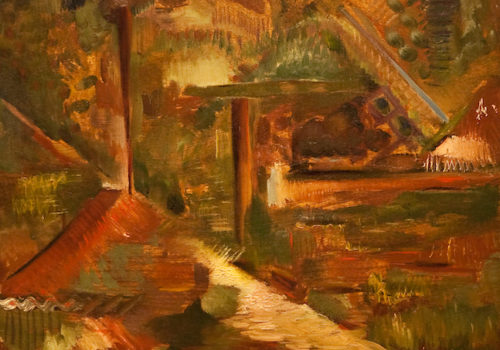
La maison de Rachel, 1910
Oil on panel
50 x 61 cm
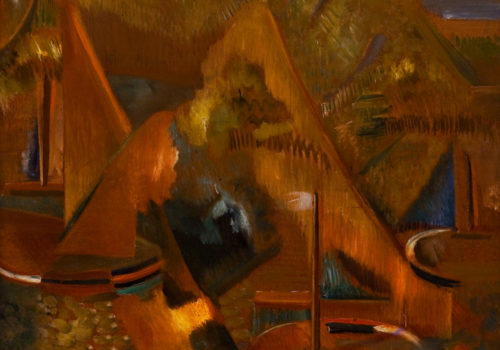
Les bateaux, 1925
Oil on panel
50 x 61cm
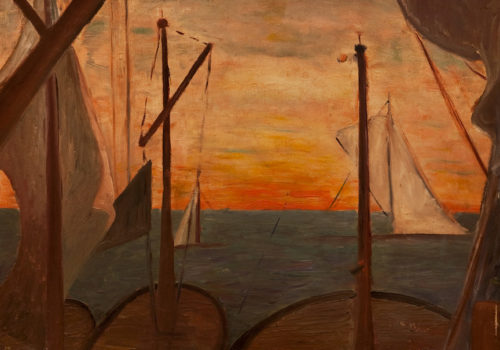
Marine (F48)
Oil on canvas
49,8 x 61 cm
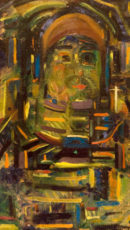
Sans titre (F61), 1926
Oil on panel
50 x 30,7 cm
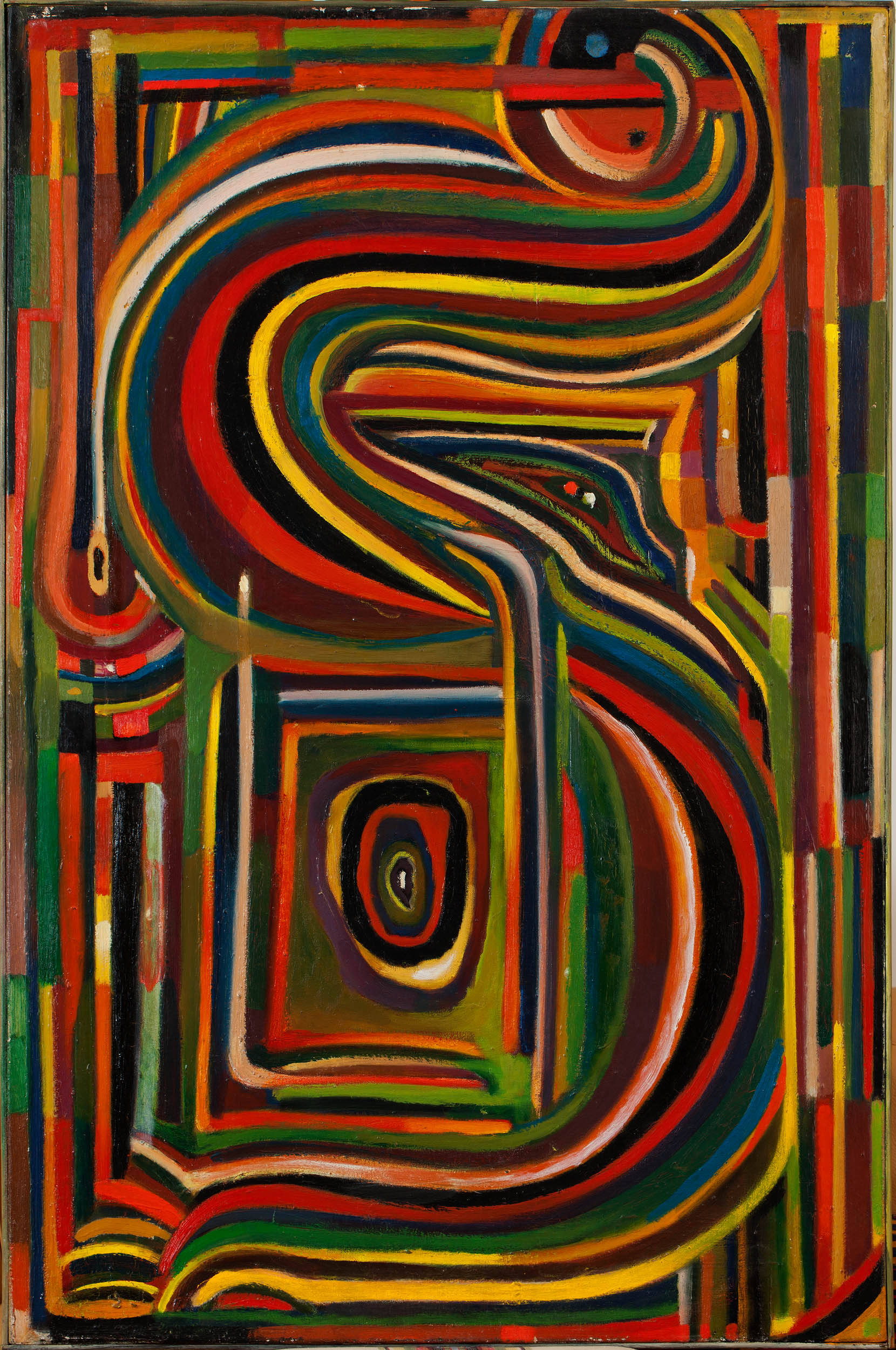
Sans titre, 1954
Oil on panel
100 x 66 cm

Maternité, 1938-1943-1945
Oil on wood
87 x 71cm
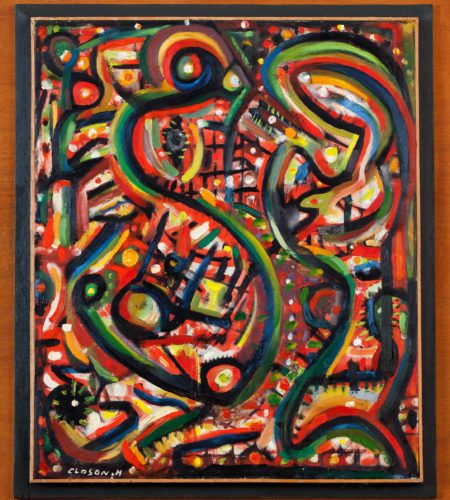
Composition n°10, 1967-1974
Oil on panel
65 x 54 cm
DRAWINGS

Le crime de la jalousie, 1950
Colored pencil on high
17,1 x 22,7 cm

A Voiron, 1935
Pen on circular cardboard
Diamètre 25 cm
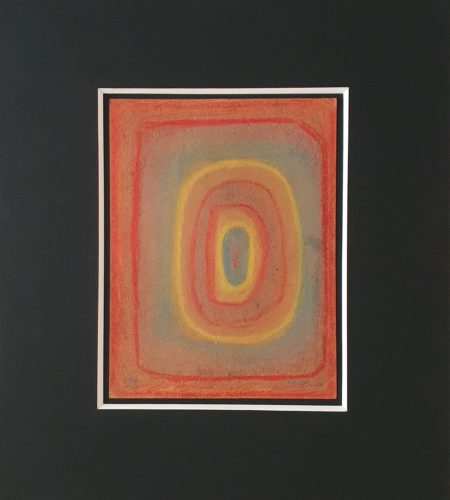
Sans titre, 1930
Pastel on cardboard
28,8 x 21,9 cm
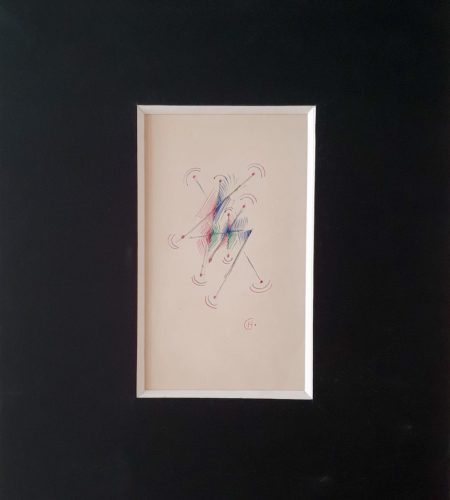
Cadence et rythme,1935
Colored pencil on paper
21 x 13,5 cm
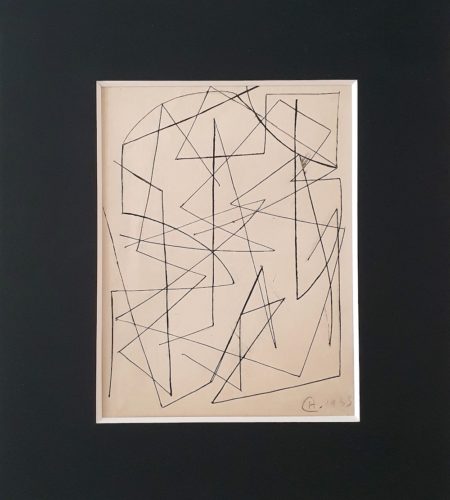
Sans titre, 1933
Ink on paper
34,7 x 26,6 cm
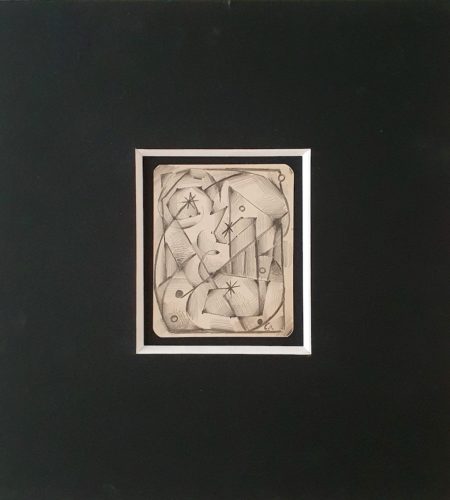
Sans titre, 1930
Lead pencil on bristol paper
11,5 x 9,3 cm

L’Artiste, 1926
Felt pen on brown paper
19,5 x 15,5 cm

Cadence, 1920
Pastel on paper and cardboard
19,3 x 11,2 cm
BIOGRAPHY
1888
Born of Henri-Jean Closon in Liège the 29th of February
1898 – 1899
His father send him to Holland to professor Charles Salden in Uhrmond, Limburg, then to Edmond, a high school teacher in Ubachberg. Go back to Salden who introduces him to Art, makes him admire the great painters and especially Rembrandt. Closon is learning to draw. His master makes him observe nature.
Frequent academy saint Luc in Liège with the architect Delmotte
1903 – 1904
Stay in Germany in Aachen, and in Dusseldorf. Meet August Macke. The two young artists have long discussions about art. Closon gets from his father the book of Chevreul, ” Of the law of the simultaneous contrast of colors” and speack about it to his young friend. In return, he exposes him the Goethe’s theory of colors
1904
Back to Liège. Closon enrolled at the royal academy of fine Arts. His teacher Pel is interested in him. Closon does not agree with the teaching he receives. He leaves the academy but keeps in touch with his teacher. Also practives music and meets the singer Fanny Heldi, the violonist Eugène Ysaye, the baritone, and subsequently the director of the opera José Beckman.
1905
International exhibition of Liege. Closon meet August Macke and Le Fauconnier. Long discussion at the Osteria Capri bar about the introduction of movement in painting. Mondrian is already looking for movement by values when he observes the big trees during winter. Closon notes that one does not make light with light, white, yellow, black, but with the values he discovered in water.
1908 – 1909
Study deeply the diary of Delacroix which he makes his bedside book. The problem of values (black, white, gray) leads first in the same research as Rembrandt, he transposes the black, the gray, the white in red, blue, yellow and thus obtains a value by the color but which still remains in the field of chiaroscuro.
1914 – 1918
Fulfills his duty as a soldier in the Belgian army. Prisoner released on parole, is part of the Society of Human Smugglers.
Stay in Paris. Anatole France advises him to settle in the city of light. Abel Faivre, the caricaturist, shares his views on the game of values.
Meets Claude Monet in Giverny.
1921 – 1925
Settles in Paris. Became one of the founders of the Society of Fine Arts of Antibes, whose painter Tornley is president. The exhibitions take place in the castle Grimaldi, which was falling into ruins.
1927 – 1928
Apprenez à prononcer Stay in the Basque country where he meets the sculptor Despiaux. Ravel, the musician, makes him observe that “the cadences are perhaps more important than the melody”.
Become part of the Abstraction-Creation movement of which he becomes an active member.
Acquires a country house near Voiron (Isère) where he spends part of the year. He pushes more and more far his research on the colored values which, for him, generate shapes and volume.
First non-figurative art exhibition under the auspices of the Belgian Ambassador, at the headquarters of the Abstraction-Création group, avenue de Wagram in Paris.
Separates itself clearly from Mondrian for whom the curve unbalances the universe; he had met him in 1903 in Holland.
1935 – 1944
Settles permanently in Voiron where he leads a life of ascetic, until his second marriage in 1944. Young painters and sculptors interested in his problems come to visit him. The sculptor Gilioli likes to listen to him. Meets a young Lithuanian, A. Rocevicius, who is preparing a book on Closon’s work; he performs drawings for the silks of the region and advises them to make carpets with non-figurative decoration.
Take part in the Belgian art exhibition at the Stedelijk Museum in Amsterdam.
Becomes an active member of the “Réalités Nouvelles” movement from the “Abstraction-Création” movement; he exhibits from this date every year at the show organized by this group.
Back in Paris with his family.
Retrospective exhibition of the artist in his studio at 19, avenue du General Leclerc, Paris.
Jean Antoine produce a film for R.T.B. about H.-J. Closon and his work.
1969
Exhibition of his most recent works at the salon des réalité nouvelles in Paris.